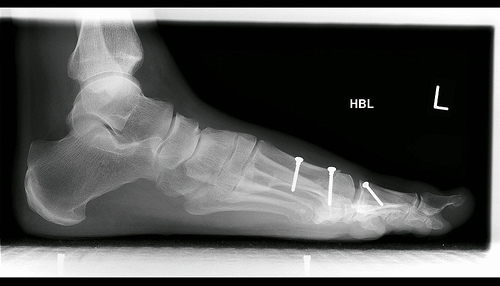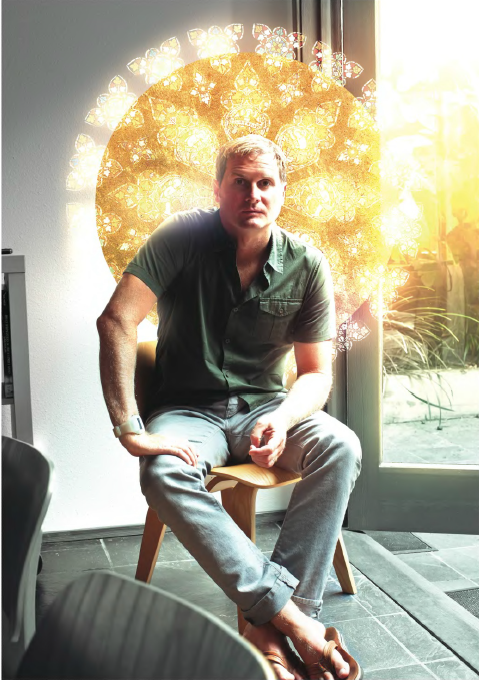For those who are just joining the conversation, here’s a brief:
- Soong-Chan Rah wrote about the emergent church in his book — a characterization to which I and others objected.
- He has now written an article on the subject for Sojourners Magazine.
- I said I didn’t like the cover image and title — I still don’t.
- I made some assumptions in the original post about Rah’s article which I have since amended and have apologized to Rah.
- Some commenters have made suggestions as to how the EC can battle its diversity problem.
- I responded that those suggestions don’t really fit what the EC is. I was afraid that my second post would come off as defensive, and I’ve been told I was right.
So, I write this post both chastened and wanting to make a constructive contribution to this problem. Surely it’s true that the EC is too white — as are so many collections of people in our culture. We need to combat this, and I both have tried to in the past and will try in the future. To that end, I offer these suggestions:
To Emerging Church Leaders
Diversify the leadership of the movement: I think this is being done. For instance, when founders of the movement like Pagitt, McLaren, Seay, Cecil, Conder, and Jones stepped off the leadership team of Emergent Village, we were replaced by a more diverse group, including Shroyer, Bray, Smith, and Rosario-Cruz. (Unfortunately, that group is introduced but not listed on the EV website.) While I hold no sway over EV or any other group in the EC, I hope this trend continues.
Invite diverse speakers to events: Doug and I have tried to do this with our new event company, and I believe that EV is planning to do this in 2010 with their annual Theological Conversation. I encourage other events to follow suit.
Let The Wild Goose Festival be a standard of diversity: A come-one-come-all event is being planned for June, 2011, and it has the opportunity to be uniquely attuned to matters of diversity. (In fact, I happen to know the planners, and I’m convinced that it will be…)
To White EC Leaders: Examine ‘white privilege’: It seems to me that the issue at the root of the EC’s “whitness problem” — if not in Rah’s article — is the issue of white privilege, real or perceived. Most of us cannot get through graduate school without being forced to confront our own privilege, as I know I did. While we don’t have the structure to undertake the coordinated assessment that Lisa Sharon Harper suggested in earlier comments, each of us needs to take it on ourselves to look in the mirror and confront our own blindnesses.
To Persons of Color in EC Leadership: Let your voice be heard: Clearly, the EC isn’t a bastion of whitness, or you wouldn’t be here, so tell us why you’re here. What about the issues that concern the EC overlap with with your own experiences of God and church? Bring these issues to the fore of the conversation.
To Non-White Leaders in the Church
Give the EC the benefit of the doubt: Trust us, we’re on your side, and moreso than most. We’ve been heavily influenced by theologians of color, and we’ve tried hard to diversify the conversation (not that we’ve always succeeded). Work with us.
Recognize the limits of the EC: Unlike most of the ecclesial orgs with which you work, be they denominations or non-profits or NGOs, we aren’t structured like that, so you cannot expect us to act like those orgs. There’s no headquarters and no discrete group of leaders and no one who can decide to give you a place at the table. Instead, there are lots of autonomous groupings who are relationally connected to one another. Become a part of one of these, and join the conversation.
Look for moments of intersection: Those of us who are white are often told that the issues that concern us in the EC are exclusively the problems of white, middle class Christians, and that tends to sap our motivation for cross-cultural communication. So if you see issues of import to you in the EC, let us know what those are so that we can talk about them.
Stop stereotyping us: It is clearly unacceptable for me to write about the hairstyle of an African-American church leader or the eyes of an Asian-American person (indeed, Soong-Chan recently took the lead in protesting a Christian product that played on such stereotypes). And yet it seems acceptable to write about EC practitioners:
From Rah’s article:
- “a blond-haired, 29-year-old, white male, replete with cool glasses and a goatee”
- “trendy clothing, sporting cool hairstyles and eyewear”
- “younger people of European descent and stylistic flair”
- “this ’emerging,’ postmodern church was simply the pierced and tattooed offspring of its older, modern parents”
From Rah’s book:
- “yet another workshop led by yet another blonde-haired, perpetually twenty-nine white male with a goatee”
It’s probably clear that if I wrote similarly about the hair color, skin color, facial hair, and clothing of an Asian-American church leader, I would be excoriated. And rightly so. So let’s stop doing it in the other direction as well.
In conclusion, we’ve all come a long way, but we’ve got a ways to go. For my part, I commit to continue to pursue the diversity of the EC from my little corner of the world.











